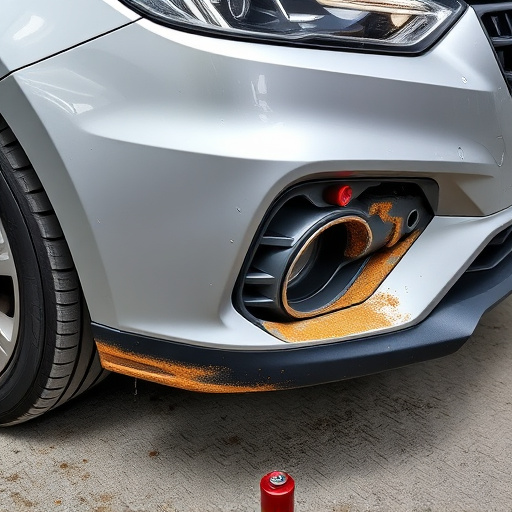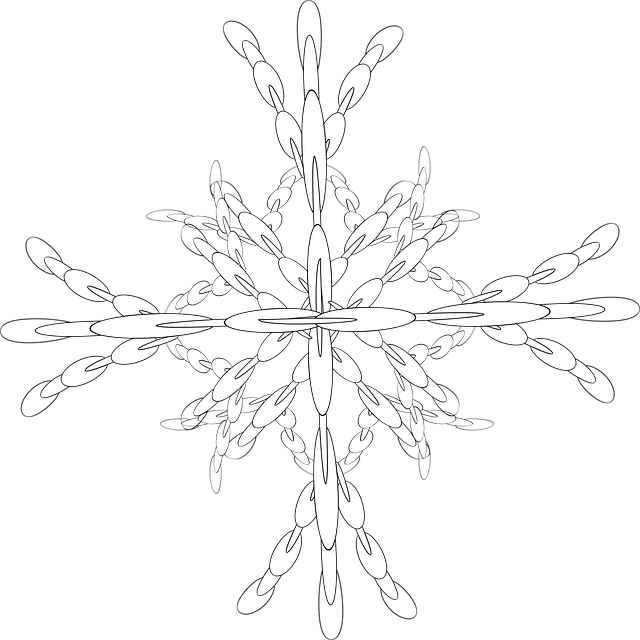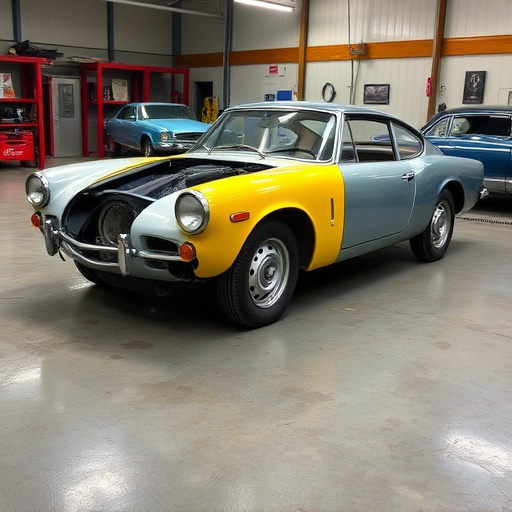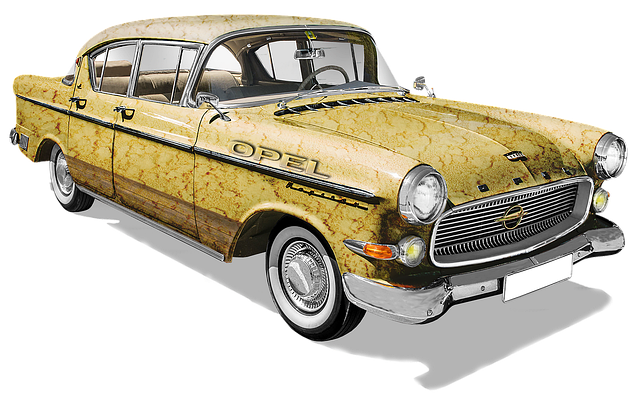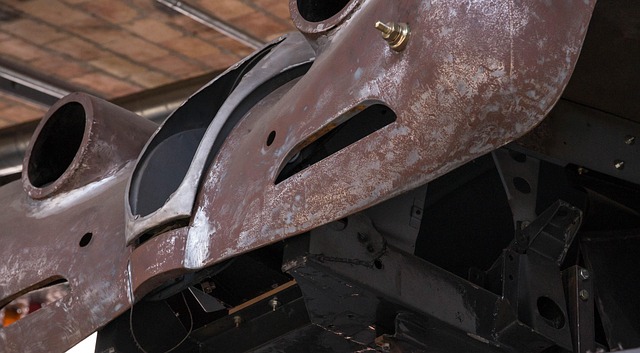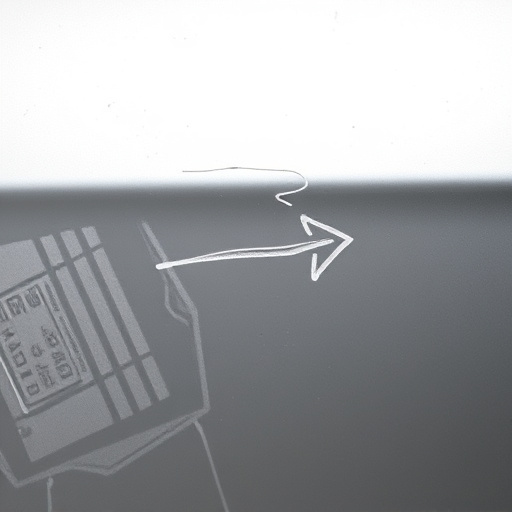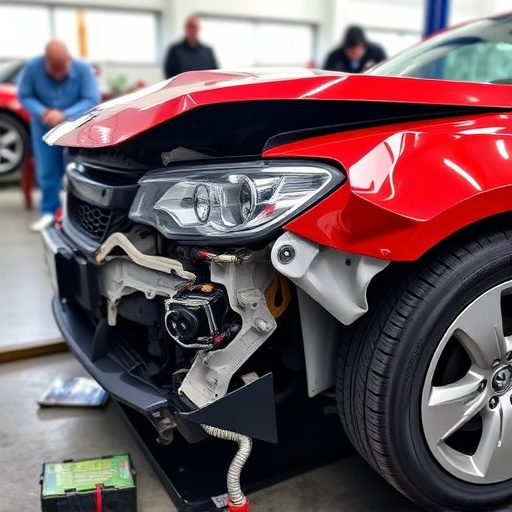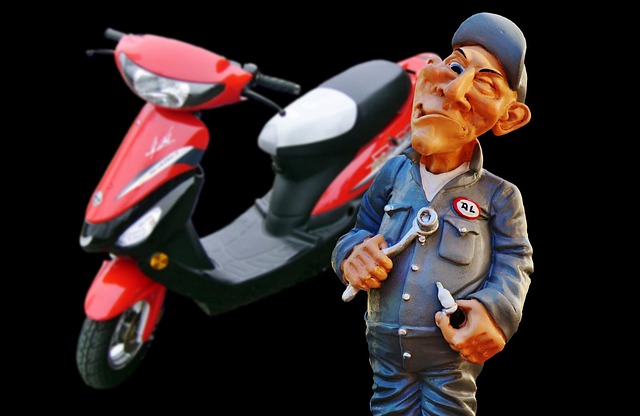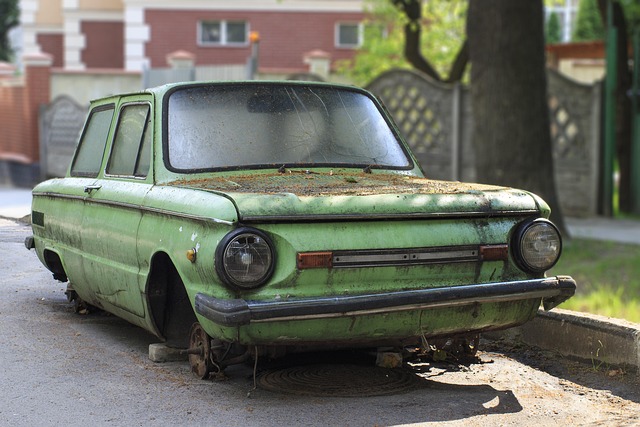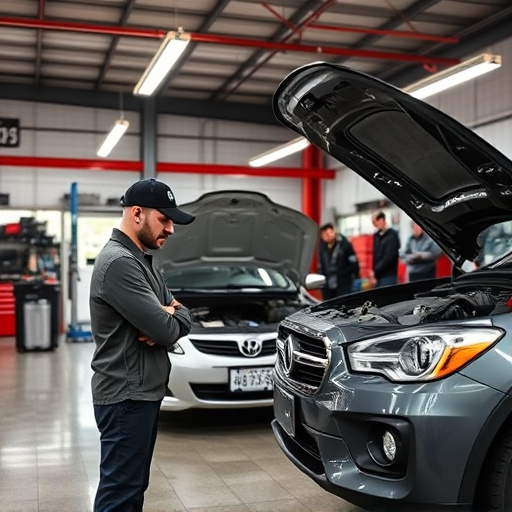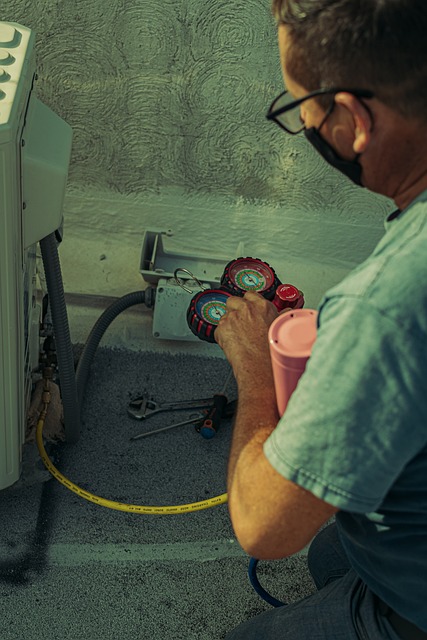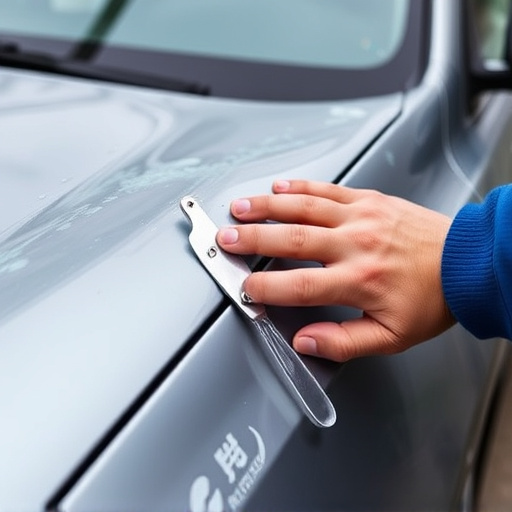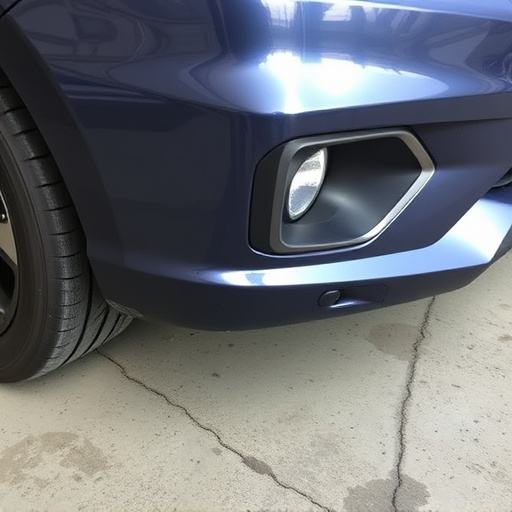PDR tools like glue pullers and specialized pry bars revolutionize collision repair by efficiently removing adhesive remnants using heat or vacuum technology. These tools minimize damage, save time, and ensure high-quality results for auto body repairs and auto glass replacement. Their versatile designs and adjustable jaws make them ideal for precise dent removal across various vehicle models, making them a game-changer in the automotive industry.
Choosing the right PDR tool for damage repair can make all the difference. This guide delves into the world of Glue Pullers and Rod PDR Tools, two key players in the industry. We’ll explore their unique features, applications, and advantages to help you understand when each is best suited. From paintless damage repair techniques to cost-effectiveness, we break down factors crucial for making an informed choice.
- Understanding Glue Pullers and Their Applications
- – Definition and working principle of glue pullers
- – Types and features of common glue puller models
Understanding Glue Pullers and Their Applications

Glue pullers are specialized PDR tools designed to remove adhesive remnants and bonded components during vehicle repair services. These tools are a game-changer in collision repair centers, offering an efficient and precise method for handling tough glue removal tasks. They work by applying heat or using a vacuum to soften and lift glued surfaces, ensuring minimal damage to the surrounding areas.
This technique is particularly useful for various applications in automotive repairs. Glue pullers can be employed to separate parts that have adhered together due to accident damage, rust, or poor installation practices. By utilizing these PDR tools, repair technicians can save time, reduce the risk of damaging the vehicle, and provide customers with high-quality, lasting results.
– Definition and working principle of glue pullers
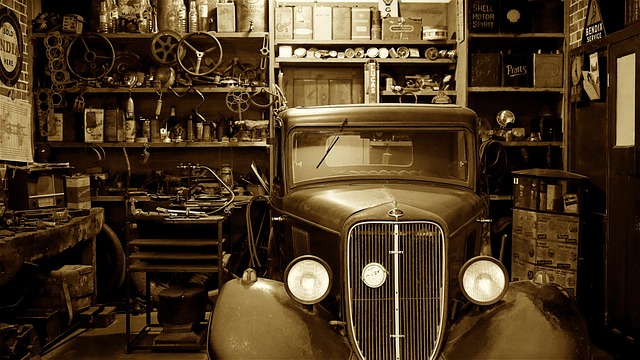
Glue pullers are specialized PDR tools designed for efficient removal of adhesive and bonding agents from car body panels during auto body repair and auto glass repair processes. They work by applying heat and a suction force to melt and extract the glue, ensuring a clean separation. This is particularly useful in delicate situations where direct impact might damage the surrounding surface, making it an ideal solution for precision car body repair.
Unlike traditional methods that can be labor-intensive, glue pullers streamline the auto glass replacement or car body painting process by minimizing the time required to strip away adhesives. Their precise control allows for effective removal without causing additional stress or harm to the affected area, contributing to a faster and more efficient auto body repair and restoration.
– Types and features of common glue puller models
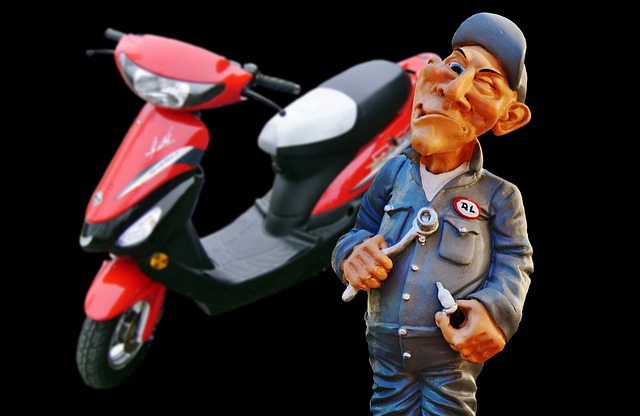
Glue pullers, also known as pry bars or glue guns with extended tips, are a type of PDR (Paintless Dent Repair) tool designed for removing adhesives and soft plastics from vehicle surfaces during dent removal processes. Common models feature adjustable width jaws that can grip and lift various materials, from thin trim pieces to thicker components. Some advanced versions come with temperature control settings to soften or harden adhesives according to the task at hand, making them versatile tools in auto collision repair.
These tools are particularly useful for intricate dent removal jobs where precision is key. The ability to access tight spaces and gently lift delicate parts without damaging surrounding areas makes glue pullers a favorite among car repair services specializing in PDR. Their compact designs and ease of use contribute to their popularity, ensuring that technicians can efficiently perform high-quality paintless dent repairs on a wide range of vehicle models.
When deciding between glue pullers and rod PDR (Paintless Damage Repair) tools, understanding their unique applications is key. Glue pullers excel at removing adhesives and bonds, making them ideal for specific repair jobs that require precise force application. Conversely, rod PDR tools are versatile and suitable for a broader range of damage, from minor dents to complex creases, offering professionals a more comprehensive solution in their arsenal. The choice ultimately depends on the nature of the damage and the expertise of the technician, ensuring the right tool for the job results in superior repair quality and efficiency.
